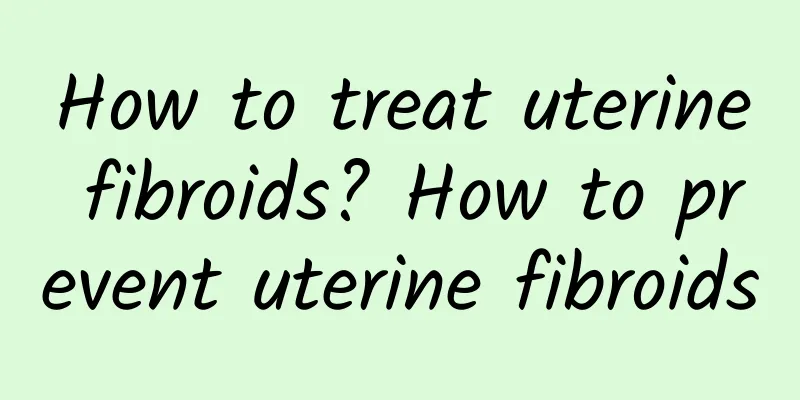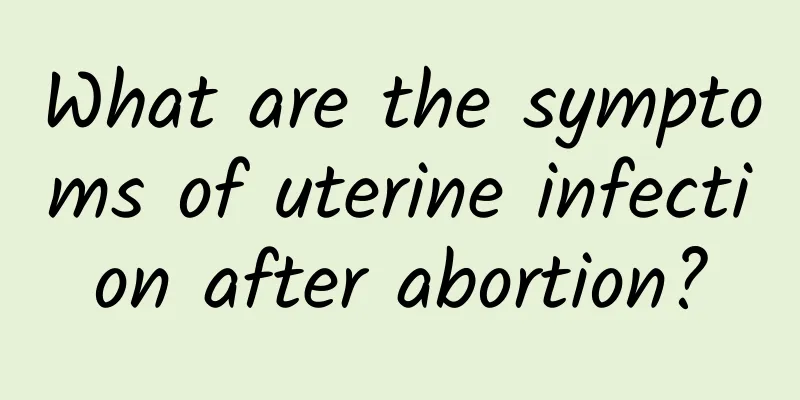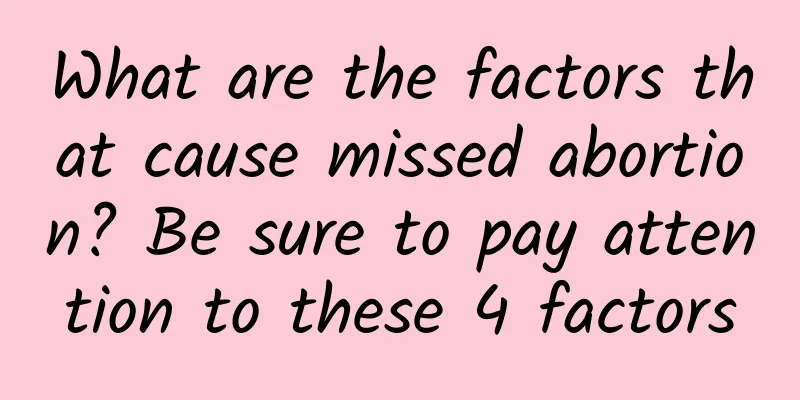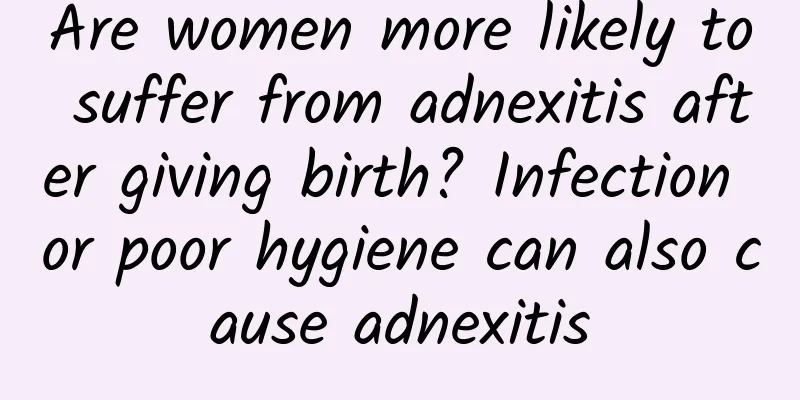How to treat uterine fibroids? How to prevent uterine fibroids

|
Q: How are uterine fibroids treated? Expert answer: Uterine fibroids are benign tumors formed by the proliferation of uterine smooth muscle tissue. Common manifestations include uterine bleeding, pain, abdominal mass, compression symptoms of adjacent organs, increased leucorrhea, anemia, heart dysfunction, etc. Some patients have no symptoms and often find uterine fibroids during gynecological examinations. Uterine fibroids are the most common benign gynecological tumors, and are more common in 30-50 years old. According to the different locations of uterine fibroids, they can be divided into intramural, subserosal, submucosal and intra-broad ligament fibroids. treat: If the fibroids are small, asymptomatic, without complications and degeneration, generally no treatment is needed. Especially for people approaching menopause, due to the low estrogen level after menopause, the fibroids will naturally shrink or disappear, and only regular (3-6 months) review is required. If the fibroids are found to be enlarged or the symptoms are obvious, further treatment should be considered. Surgical treatment: (i) Hysterectomy is suitable for hysterectomy of uterine size >3 months of pregnancy, although the fibroids are not large, but the symptoms are obvious, or the growth of fibroids cannot rule out malignancy; (ii) Myoma removal: Suitable for patients under 35 years old, unmarried or childless; Drug treatment: used for patients with small fibroids, unclear symptoms, near menopause or whose systemic conditions cannot tolerate surgery. (a) Methyltestosterone, testosterone propionate. (ii) Progesterone. ① Norethindrone, for patients who want to have children; ② Choose medroxyprogesterone, megestrol acetate, norethindrone, etc.; ③ Luteinizing hormone-releasing hormone analogs. prevention: Patients with uterine fibroids should have regular checkups, such as ultrasound or gynecological examinations every 3 to 6 months. If older women experience rapid growth of fibroids in a short period of time or vaginal bleeding after menopause, they should be alert to sarcoma degeneration. People with heavy menstruation should actively correct anemia and prevent anemic heart disease and myocardial degeneration. |
<<: How to treat uterine fibroids better? Surgical treatment of uterine fibroids
>>: How to treat uterine fibroids during pregnancy? Treatment of uterine fibroids in early pregnancy
Recommend
How to treat cervicitis white blood cell three plus signs?
How to treat cervicitis white blood cell three pl...
What injection can prevent the growth of uterine fibroids? What injection can prevent uterine fibroids?
What injection can prevent the growth of uterine ...
How can we prevent cervical hypertrophy?
Cervical hypertrophy is a type of chronic cervici...
Pathogenesis of Trichomonas vaginitis
The pathogen of trichomoniasis vaginitis is Trich...
Causes of early threatened miscarriage
Many young women are busy with work every day and...
Revealing the main symptoms of vulvar leukoplakia that many people don’t know
I don't know if you know about vulvar leukopl...
What are the examination items for female abortion? Five examinations that women must undergo for abortion
Pre-abortion examination is very important. Throu...
What are the symptoms of cervical erosion in women? How to treat cervical erosion in women?
Symptoms of cervical erosion After suffering from...
Can I go home directly after a painless abortion?
Usually you cannot go home immediately after a pa...
Advantages of superconducting visual painless abortion
What are the advantages of superconducting visual...
What is the cause of cervical erosion?
Cervical erosion is not a real "disease"...
Early symptoms of different types of vulvar leukoplakia
There are many different types of vulvar leukopla...
How to treat central amenorrhea
Central amenorrhea can generally be treated with ...
What causes chocolate cysts?
Chocolate cysts may be caused by physiological fa...
Does conservative treatment of ectopic pregnancy require hospitalization? How many days?
Conservative treatment of ectopic pregnancy usual...









